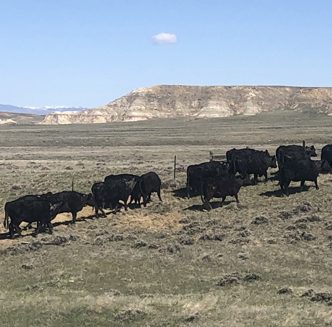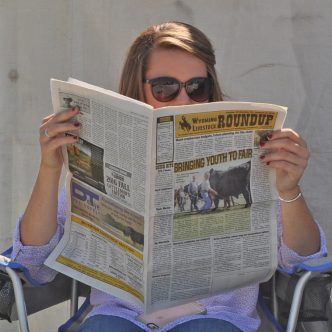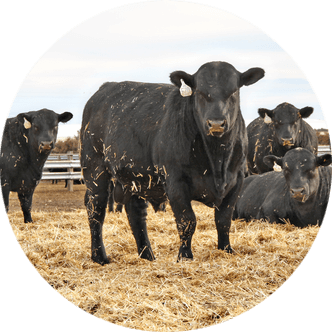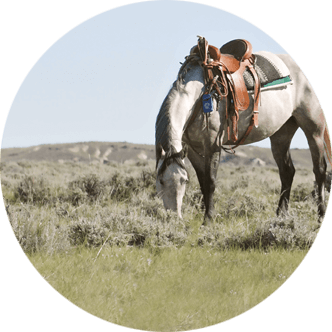History of Wyoming polo: Wyoming remains a significant player in the world of polo
Polo has deep roots with an evolution shaped by different cultures into the ancient sport known today.
Polo was first introduced in the U.S. from England in 1876 then took root in Sheridan in 1893, where it continues to flourish today.
Every summer, some of the world’s greatest players gather in Wyoming to showcase their passion and skill on the field.
Wyoming is home to several prominent polo clubs, including the Flying H Polo Club and the Big Horn Polo Club of Sheridan, as well as another club located at the Melody Ranch in Teton Valley – the Jackson Hole Polo Club.
The sport of polo
According to the U.S. Polo Association, polo is a dynamic and thrilling team sport where players and their equine partners work together in perfect harmony.
It’s a game of strategy, skill and connection between teammates, horses and the ball, all unfolding at an exhilarating pace.
Polo is one of the oldest known team sports, and its origins date back over 2,000 years to Persia, where it was initially a training exercise for the cavalry.
These ancient matches were not just thrilling competitions, they were captivating events highlighting the immense status and power of the players, who often belonged to noble or warrior backgrounds.
The grandeur of these games truly brought to life the cultural significance of the time, making them a vital part of the community’s identity and pride.
The game spread across Asia and was adopted by various empires, notably the Mughals, who introduced it in India, where it was modernized before spreading to the West.
It was in India, in the 19th century, when polo was formalized with standardized rules and where the first polo clubs were founded.
Polo is commonly associated with horses today, but it has had various forms throughout history and across different cultures. For instance, during imperial China, polo was played on donkeys.
Today, polo has evolved into an international sport with established rules and tournaments which have helped standardize its practice worldwide.
Although it has a reputation as an elitist sport, polo has become more accessible and is now played in many countries with dedicated clubs and associations.
The history of polo in Wyoming
According to the Flying H Polo website, on July 4, 1893 at the Sheridan Fairgrounds, two polo teams calling themselves Sheridan and Beckton squared off in what was described as a wild scramble with over 1,000 spectators witnessing the event.
It is reported, in 1898 Scotsman Malcolm Moncreiffe moved from Powder River to Big Horn and built a polo field and breeding operation where he exported Wyoming-bred thoroughbred polo horses and foxhunters to England and organized local horsemen to play polo in Big Horn.
“The Polo Ranch, which Oliver Wallop inherited from Moncreiffe and in turn handed down to Sen. Malcolm Wallop, was the center of polo in the Northern Rockies until the early 1980s when the ranch was sold,” states the Big Horn Polo Club website. “It had the distinction of being the oldest field in the U.S., on which polo had been played continuously.”
The Big Horn Polo Club expanded to be one of the three largest of over 200 in the U.S., and in 2005 the Flying H Polo Club became one of the three summer clubs in the U.S. to offer high-goal polo.
Wyoming polo horses
By 1897 or perhaps earlier, horsemen in the United Kingdom and possibly continental Europe had discovered Wyoming horses exhibited exceptional strength, stamina and endurance, according to the Wyoming Historical Society website.
Historical records indicate in 1884, Oliver Henry Wallop, the eighth earl of Portsmouth from Devon, England, migrated to the U.S.
Wallop’s father gifted him two English-bred stallions, providing a solid foundation for his horse breeding endeavor, and in 1890 he took a significant step by purchasing a homestead near the Big Horns, where he focused on raising and training polo ponies.
Since then, C-Spear Ranch in Sheridan has been cultivating remarkable polo horses, including Jasmine, a striking gray polo pony, and her sister Julieta, which achieved the prestigious title of Best Playing Pony in 2018.
Melissa Anderson is the editor of the Wyoming Livestock Roundup. Send comments on this article to roundup@wylr.net.





